Bog Garden Maintenance: Growing Healthy Bog Gardens
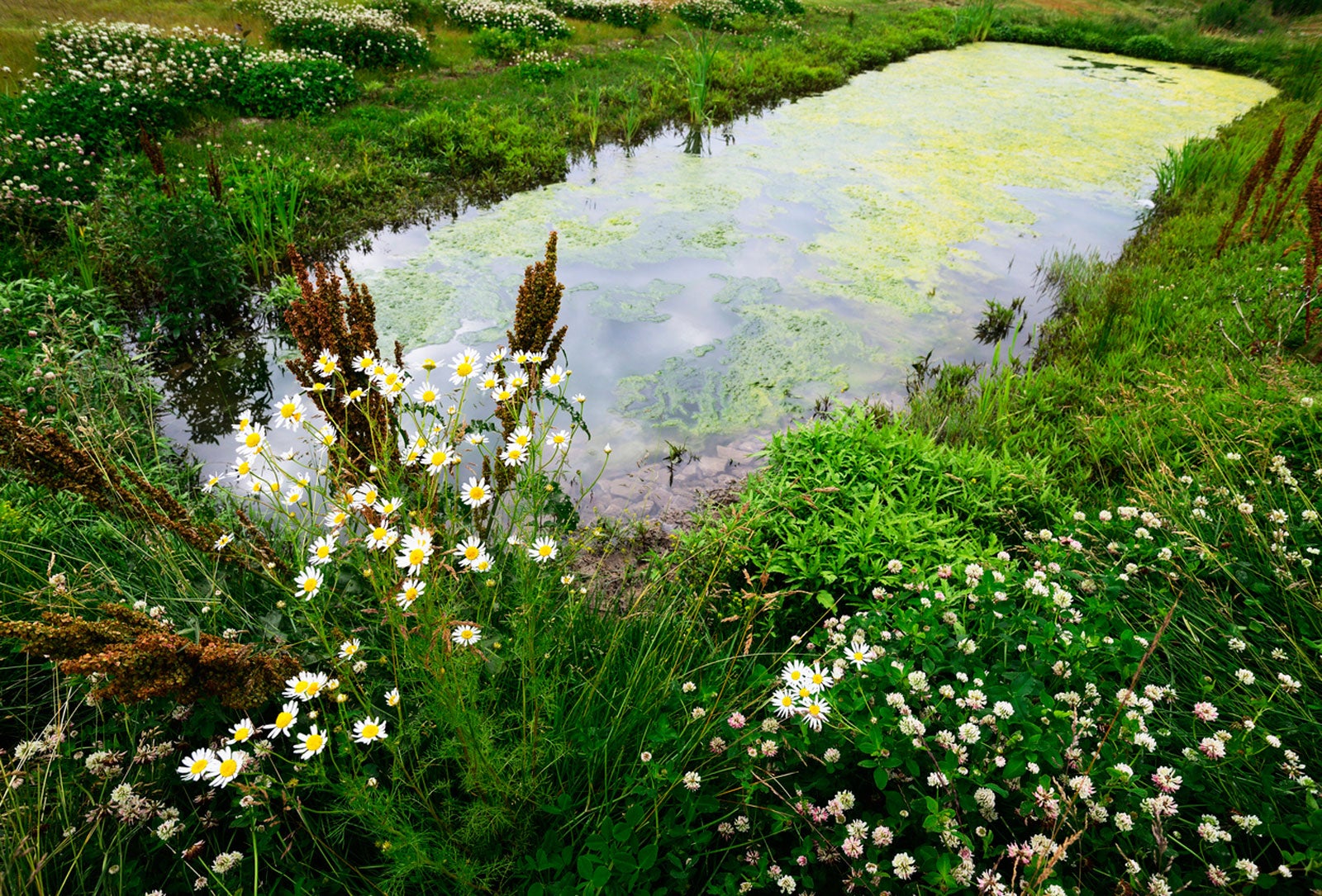

A bog is a natural ecosystem, and if you’re lucky enough to have one on your property, you can enjoy a real native bog garden. If you don’t, you may want to create an artificial bog. Bog garden maintenance can be tricky, so make sure you understand the particular needs of this unique ecosystem.
What Makes Healthy Bog Gardens?
The most defining characteristic of a bog is water. If you have a pond or a natural area that is consistently too wet to grow much, consider turning it into a bog garden. A bog is a particular type of wetland area that builds up dead plant material (mostly moss) and turns it into acidic peat.
Once you have built a bog, it needs certain things to stay healthy. The main need obviously being moisture. You cannot let it dry out. A bog also needs healthy plants and possibly protection from cold in the winter, depending on your climate.
How to Maintain a Bog Garden
Depending on where you live and what your natural ecosystem is like, caring for bogs can require either minimal effort or lots of work. One of the most important aspects of maintaining a bog is keeping it moist. If your area is naturally wet, you may not ever have an issue with this. If your climate leans more towards dryness, however, you may need to water the bog.
A good way to water a bog and keep it saturated is to use a soaker hose. Keep the hose buried a few inches (7.5 cm.) below the ground. A hose every two feet (0.5 m.) is probably adequate. When necessary, you can turn on the water to make sure the bog doesn’t dry out.
In winter, you may need to protect your bog plants from cold. This is especially important in zones 6 and up. Cover the bog in a thick layer of leaf or pine needle mulch before temperatures drop too much. This will protect plants and will rot into the soil to enrich it. Also, remove some of the dead foliage in winter to keep the garden tidy.
More on Caring for Bogs
As with any garden, expect to have to pull weeds as part of regular maintenance. Weeds will be less of a problem in this moist area, but you may find that tree seedlings become a regular nuisance. Just pull them out before they root too deeply.
Gardening tips, videos, info and more delivered right to your inbox!
Sign up for the Gardening Know How newsletter today and receive a free copy of our e-book "How to Grow Delicious Tomatoes".
If mosquitoes become an issue around your bog garden (and they are likely to), a nearby pond can be useful. Fish in the pond will help keep the mosquito population in check. In fact, a bog is a great type of garden to create around the edges of a pond. It is a natural setting for a bog and supports native wildlife, including frogs.

Mary Ellen Ellis has been gardening for over 20 years. With degrees in Chemistry and Biology, Mary Ellen's specialties are flowers, native plants, and herbs.
-
 Get Ready For A Summer Of Hummers! Grow These Full Sun Hummingbird Plants and Flowers
Get Ready For A Summer Of Hummers! Grow These Full Sun Hummingbird Plants and FlowersIf you’re lucky enough to enjoy a sunny backyard, make sure you are maxing out on your pollinator opportunities and grow these full sun hummingbird plants and flowers
By Tonya Barnett
-
 12 Lush Alternatives To A Lawn For Sustainable Spaces
12 Lush Alternatives To A Lawn For Sustainable SpacesAlternatives to a lawn are beautiful and also beneficial to your local ecosystem and its pollinators. Explore our top picks for plants to replace grass.
By Tonya Barnett
-
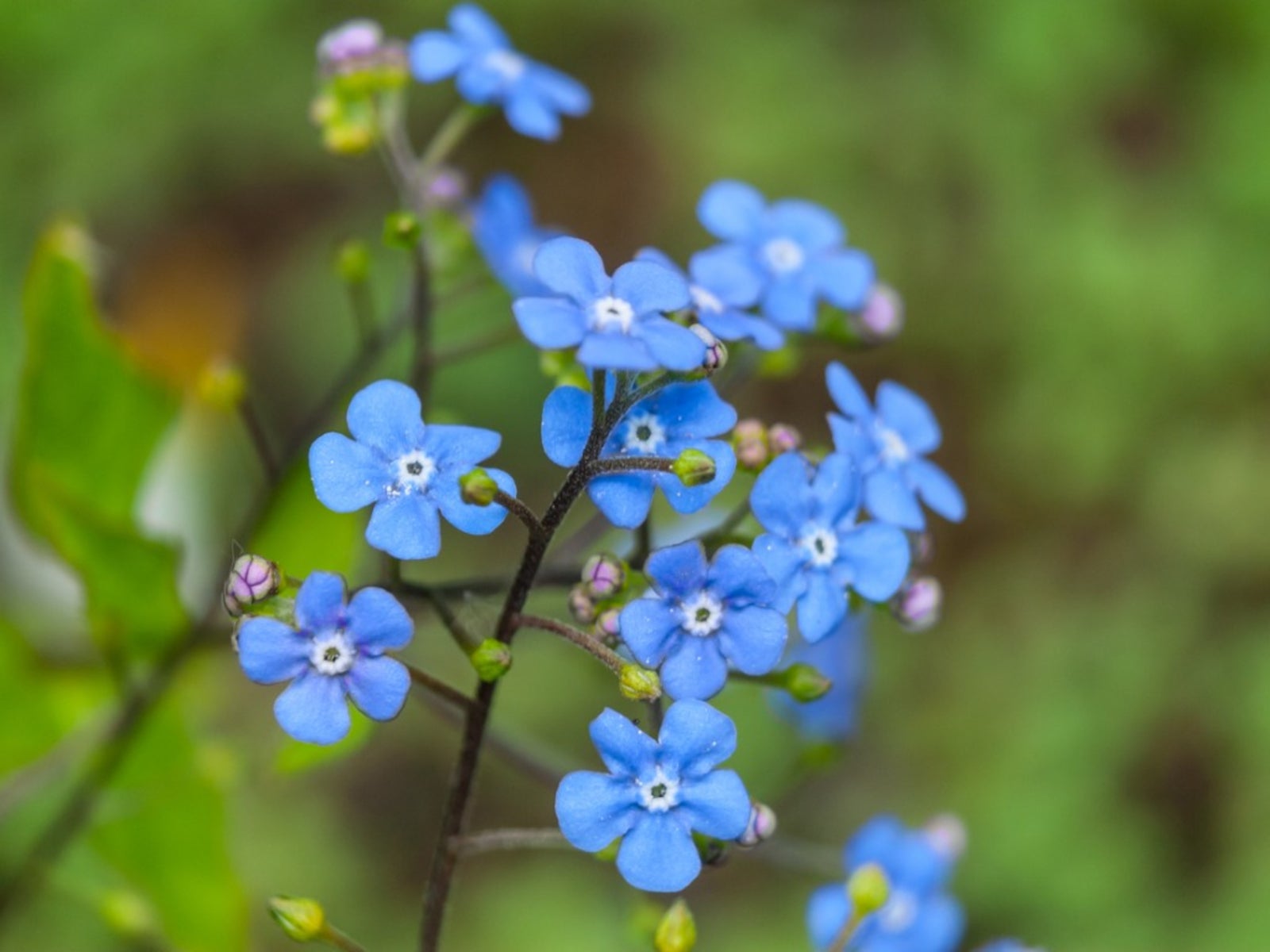 Flowering Pond Plants - Growing Aquatic Flowers
Flowering Pond Plants - Growing Aquatic FlowersAdding flowering pond plants to natural and manmade water features can be an easy way to quickly beautify a space with lush greenery and vibrant bursts of seasonal color. Read on for more.
By Tonya Barnett
-
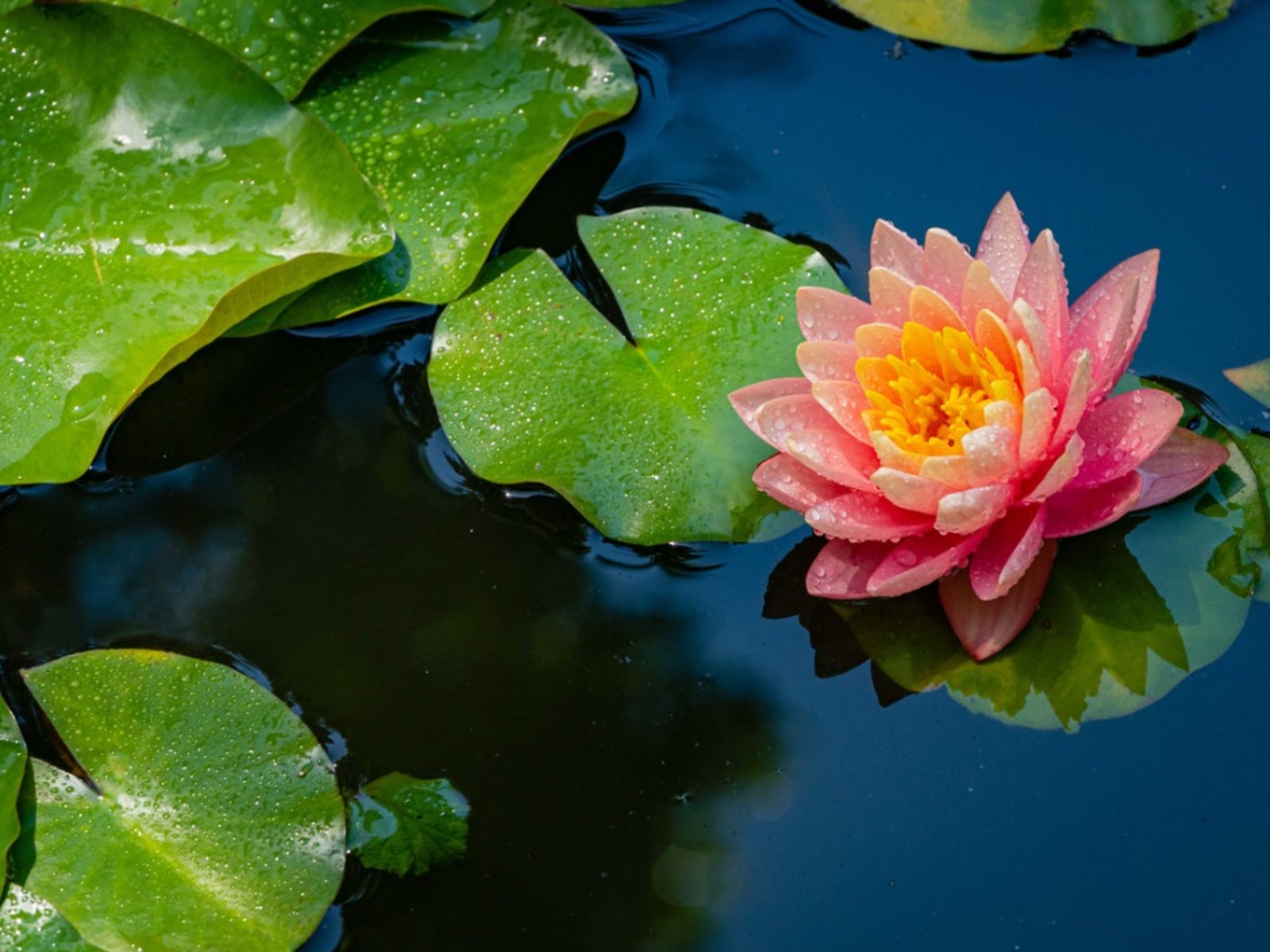 Full Sun Aquatic Plants - Full Sun Floating Pond Plants
Full Sun Aquatic Plants - Full Sun Floating Pond PlantsThere are pros and cons to putting a pond in full sun, but it's very doable. Here are some ideas to get you started.
By Mary Ellen Ellis
-
 Echinodorus Creeping Burhead – Information On Creeping Burhead Plant Care
Echinodorus Creeping Burhead – Information On Creeping Burhead Plant CareCreeping burhead plants are members of the water plantain family and commonly used in freshwater aquariums or outdoor fishponds. Echinodorus creeping burhead is native to the eastern half of the United States. To learn more about the creeping burhead plant click the following.
By Laura Miller
-
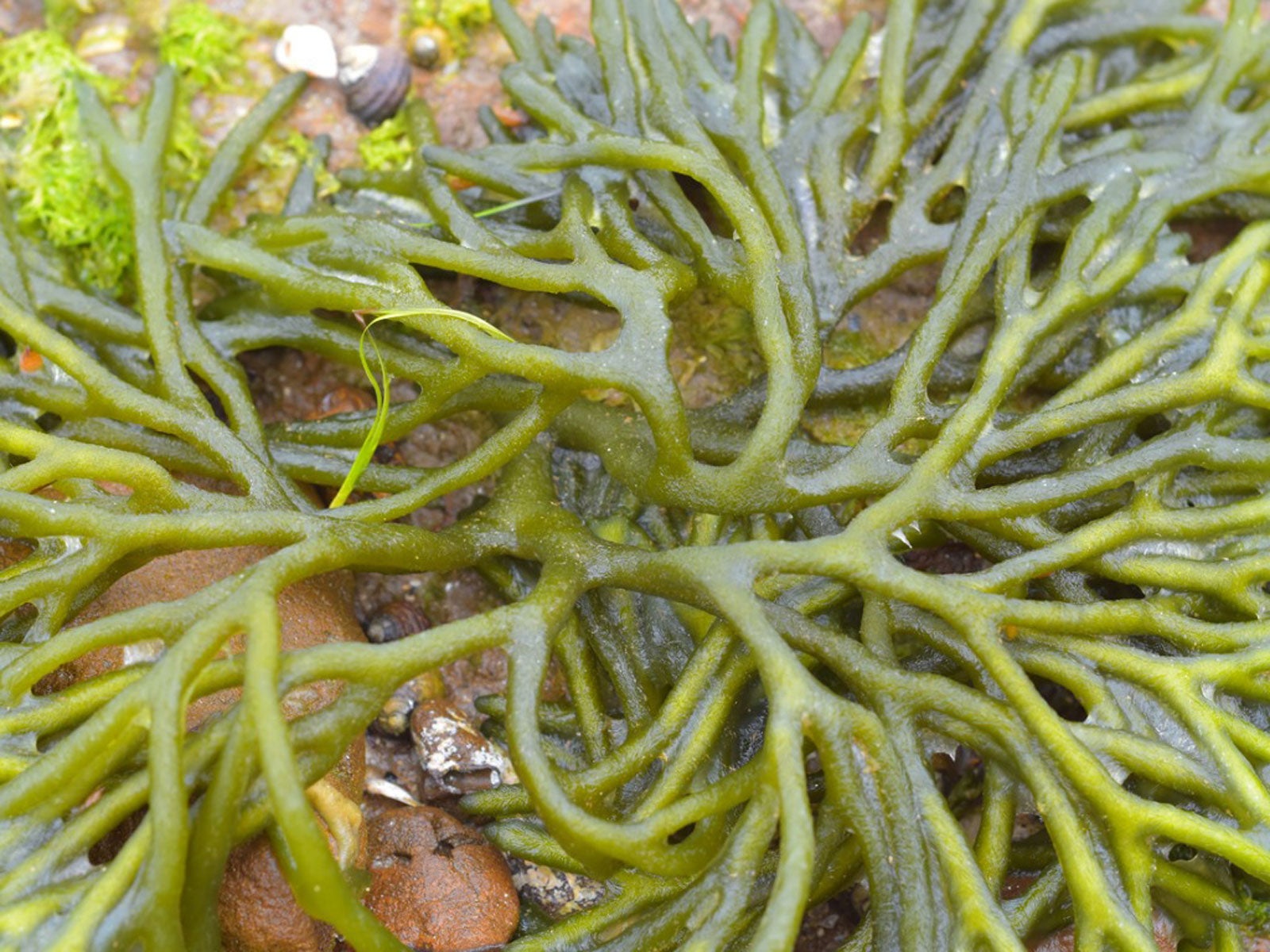 What Is A Saltwater Aquarium: Plants For Saltwater Aquariums
What Is A Saltwater Aquarium: Plants For Saltwater AquariumsBuilding and maintaining a saltwater aquarium requires some expert knowledge in choosing the right plants. Here are some choices to start with.
By Mary Ellen Ellis
-
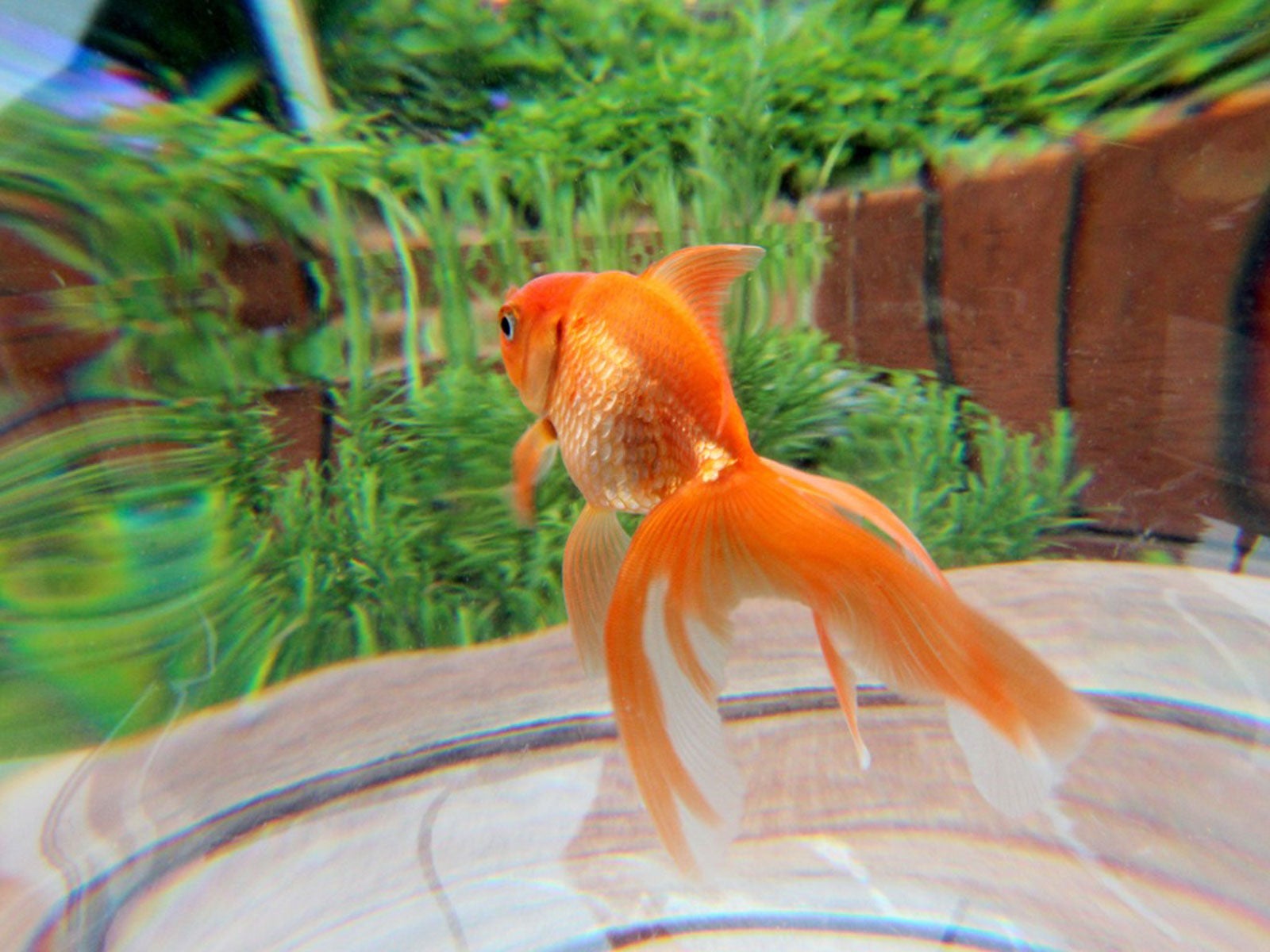 Outdoor Aquarium Ideas: Putting A Fish Tank In The Garden
Outdoor Aquarium Ideas: Putting A Fish Tank In The GardenAquariums are generally made for inside the house, but why not have a fish tank outside? Click here for tips and ideas on backyard aquariums.
By Mary Ellen Ellis
-
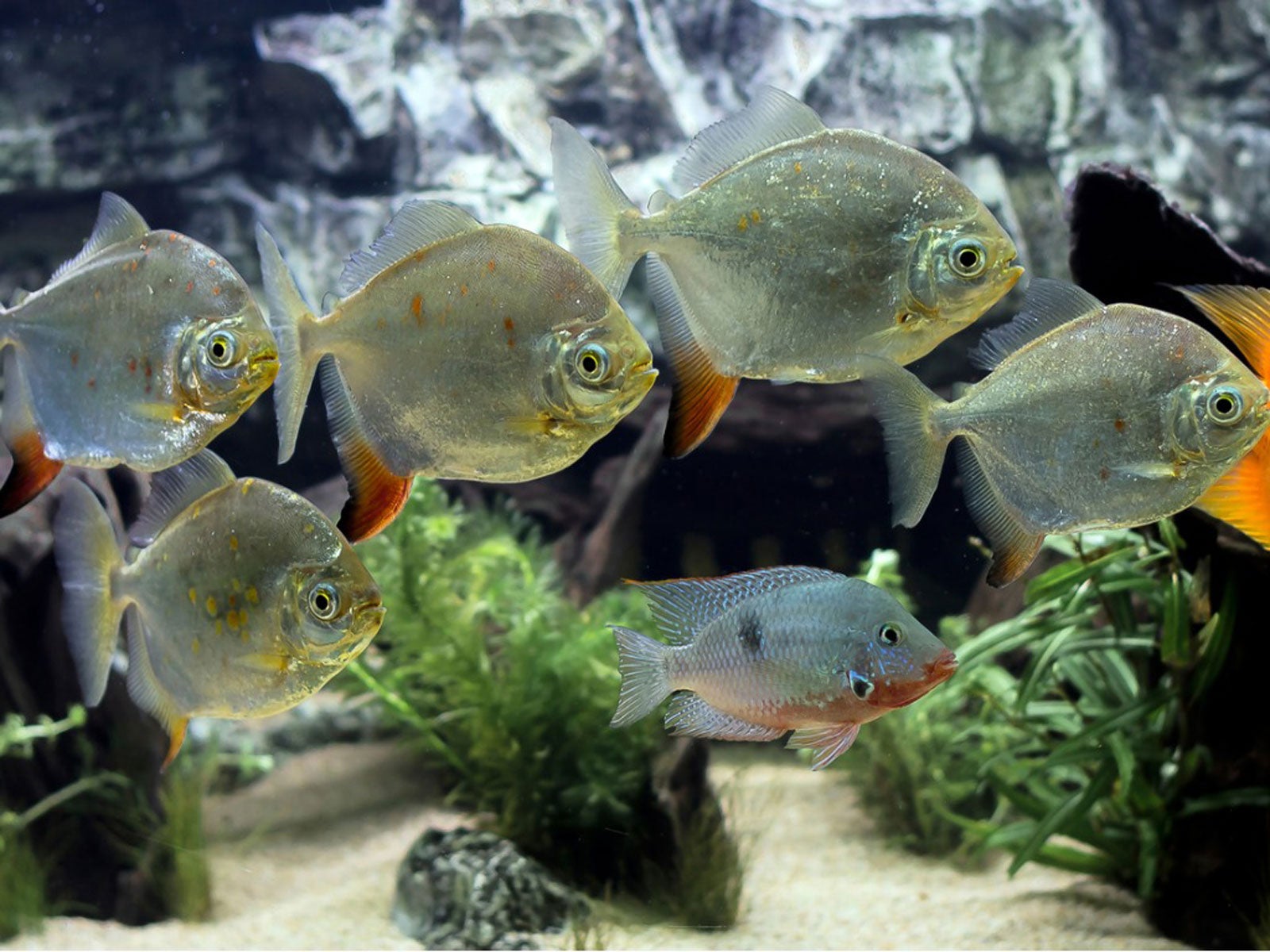 Fish That Eat Plants – Which Plant Eating Fish Should You Avoid
Fish That Eat Plants – Which Plant Eating Fish Should You AvoidGrowing plants with aquarium fish is rewarding, but if you want to combine plants and fish, learn what aquarium fish to avoid. This article will help.
By Mary H. Dyer
-
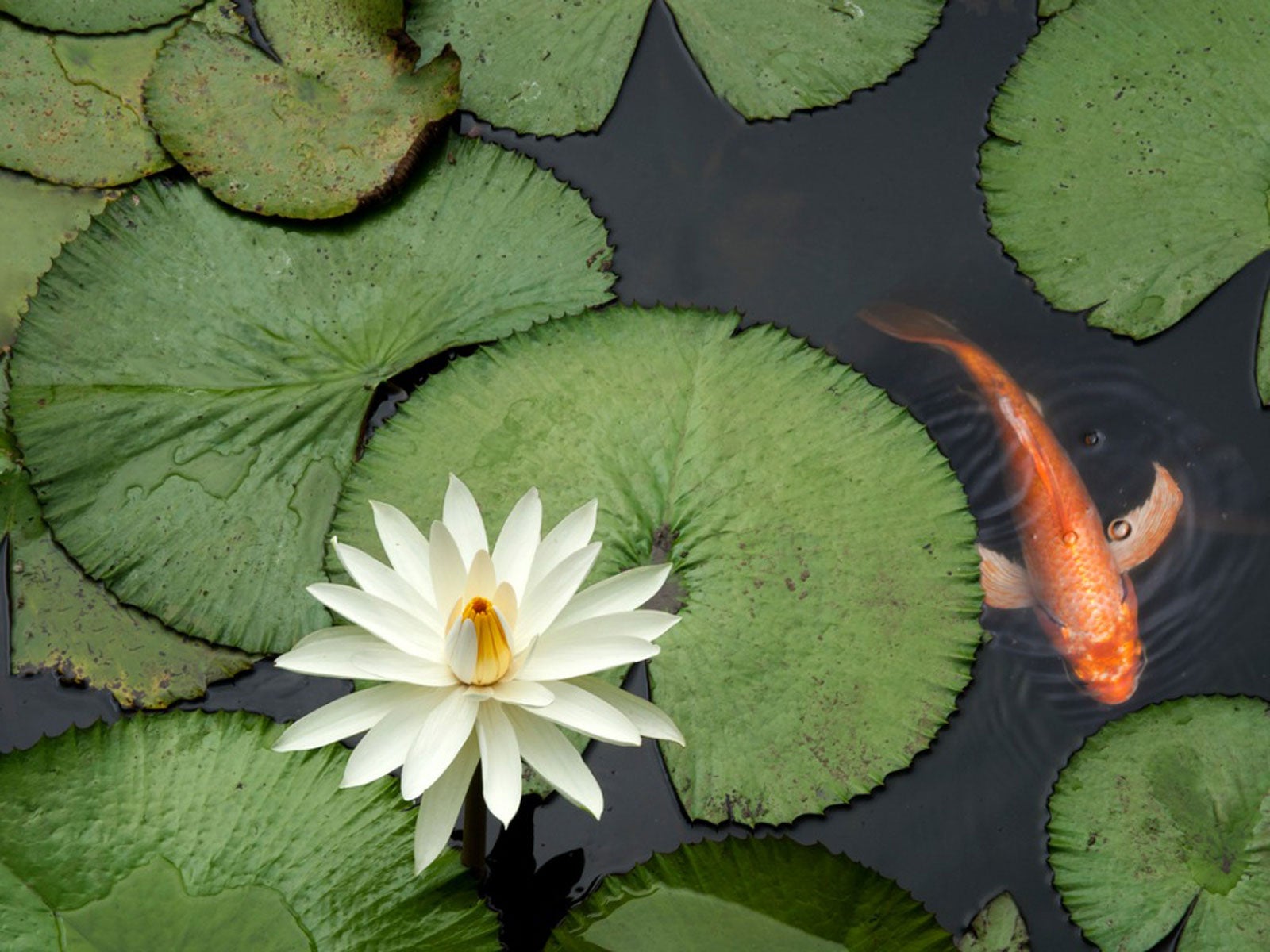 Is Pond Fertilizer Bad For Fish: Learn About Fish Safe Fertilizer
Is Pond Fertilizer Bad For Fish: Learn About Fish Safe FertilizerUsing fertilizer around fishponds must be done with care. Excess nitrogen causes algae, but can also contaminate the water and affect fish. Learn more here.
By Bonnie L. Grant
-
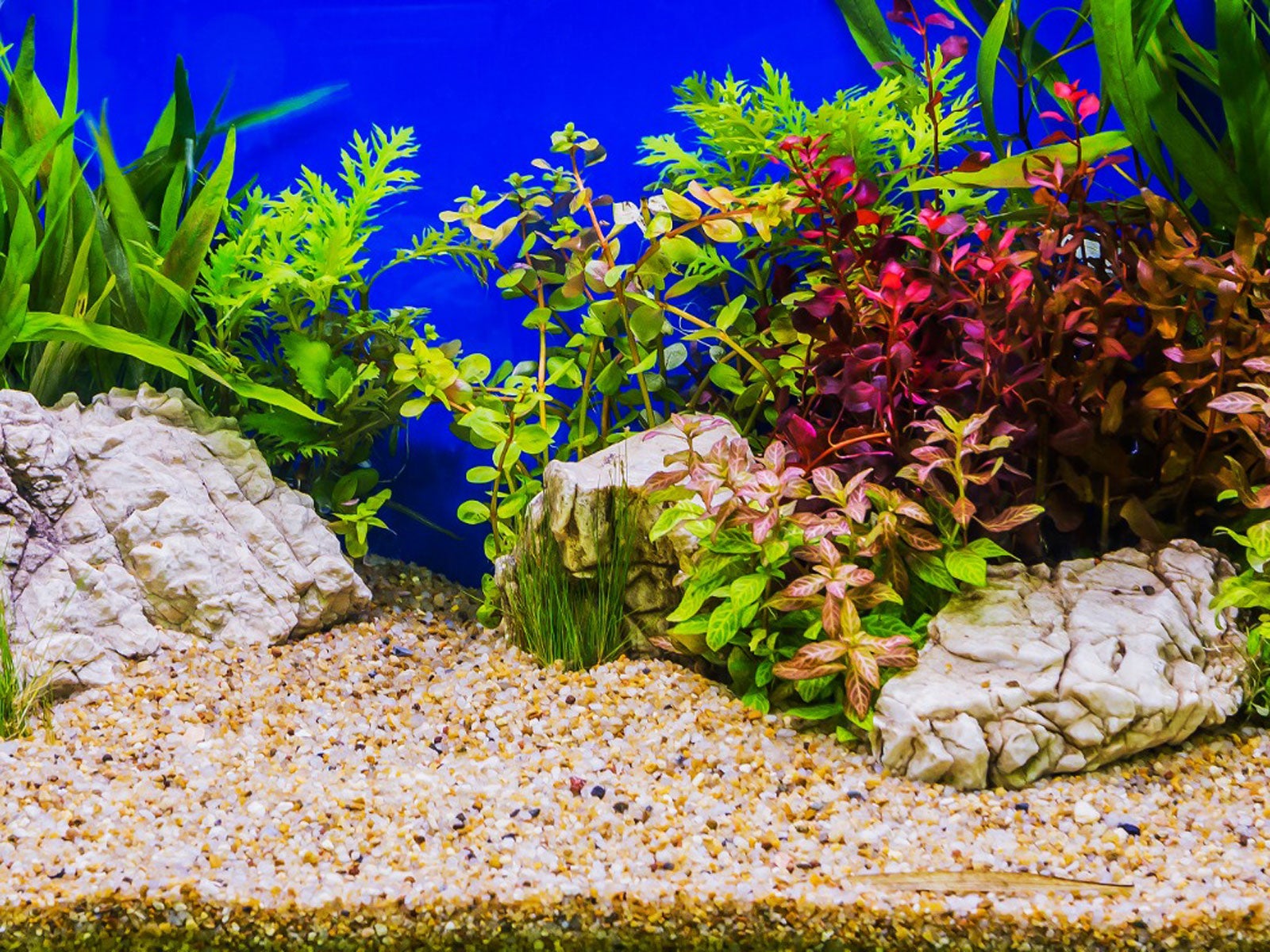 What Is Aquascaping – Creating An Aquarium Garden
What Is Aquascaping – Creating An Aquarium GardenAquatic gardening can be a rewarding endeavor, especially when aquascaping. Click this article to learn more about creating an aquarium garden.
By Nikki Tilley